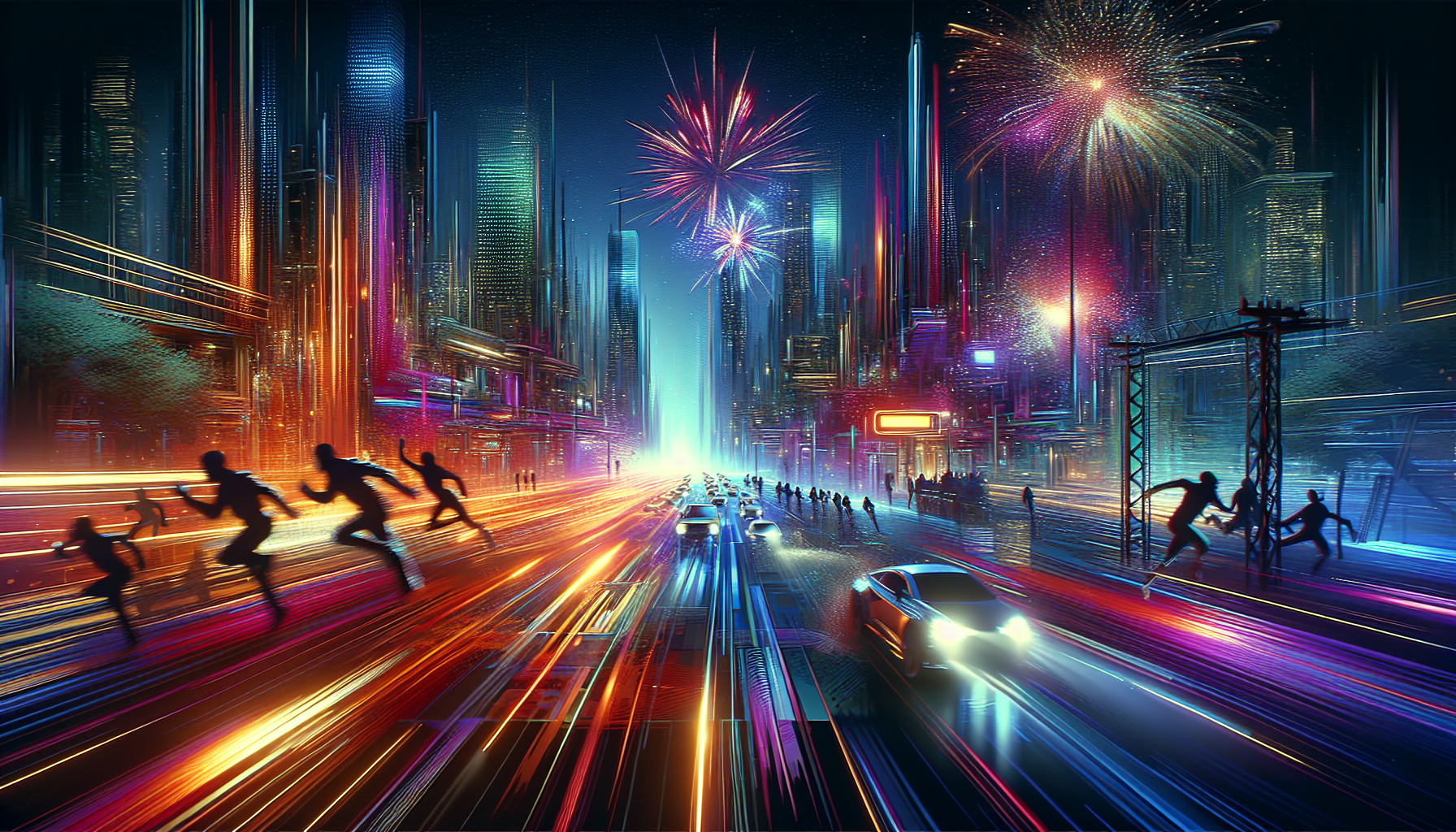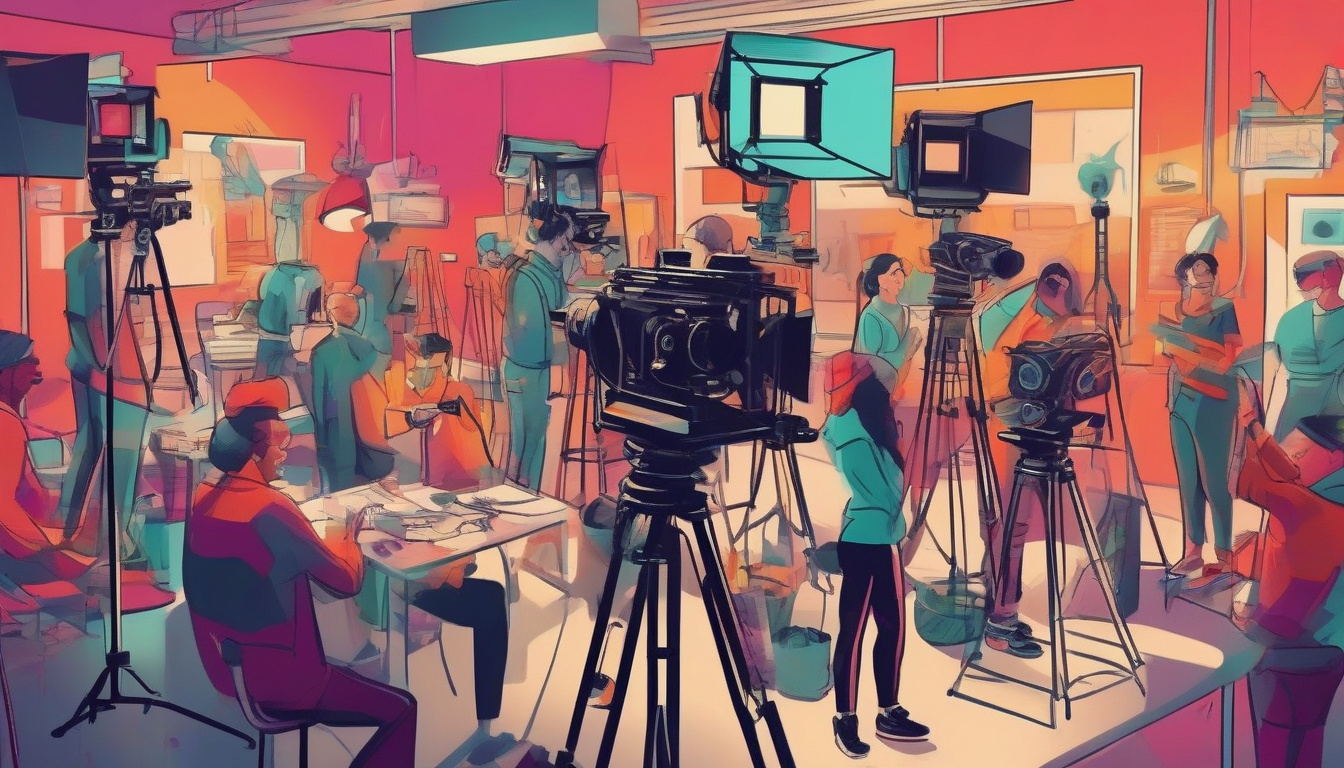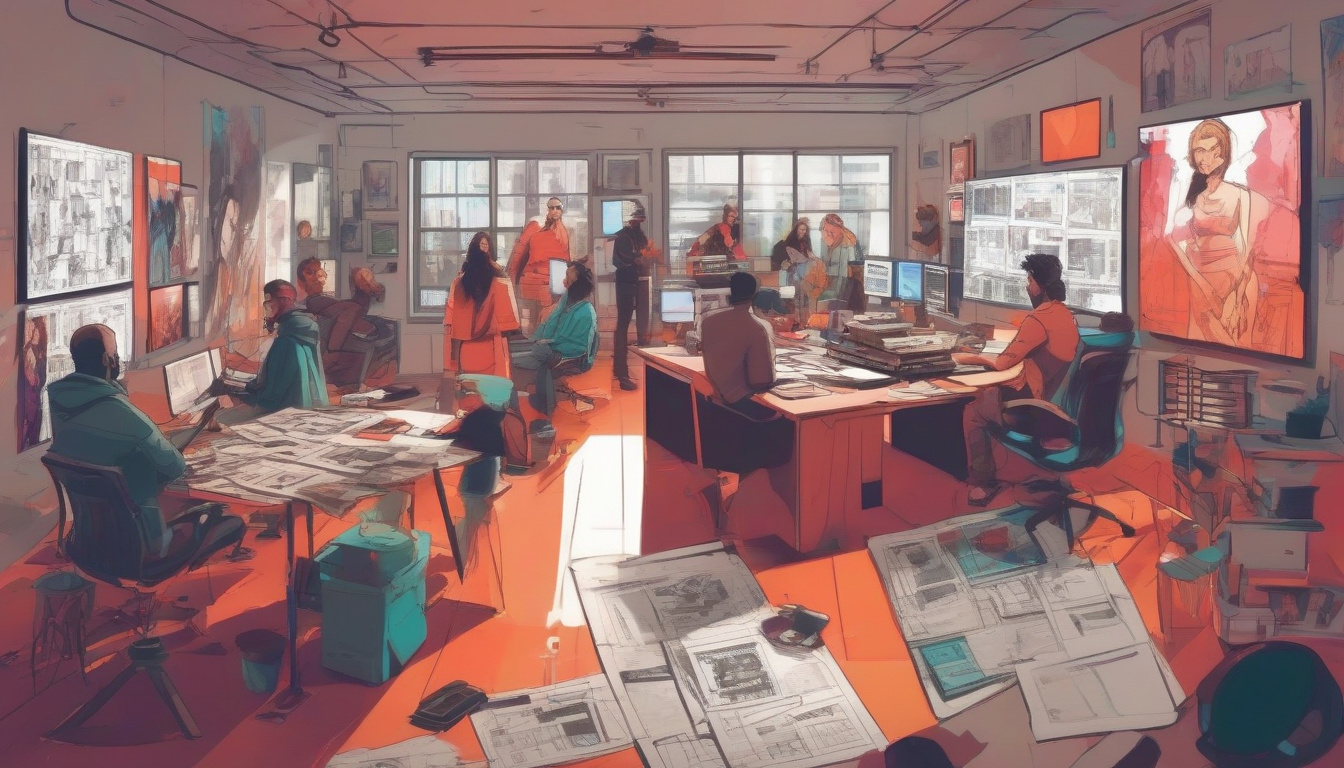
Introduction to Crafting Action Scenes
Action scenes are the adrenaline of narrative storytelling, breathing life into movies, novels, and games. However, formulating an action sequence that resonates with the audience requires more than just a clash of forces. A truly impactful action scene transcends the physical confrontation, embedding itself in the emotional and psychological layers of the narrative and its characters. This article explores key strategies to elevate the impact of your action scenes, ensuring they contribute significantly to the overarching narrative and character development.
Understand the Stakes
The foundation of a compelling action scene is the clarity and importance of its stakes. These stakes should be deeply personal to the characters involved, heightening the tension and the emotional payoff for the audience. Whether the protagonist is fighting to save a loved one, prevent a disaster, or achieve a crucial objective, the stakes should be explicitly defined. This clarity not only invests the audience in the outcome but also aligns the action with the narrative’s broader themes, making the scene integral to the story’s progression.
Character Development through Action
Action scenes offer a unique opportunity to reveal character traits, strengths, weaknesses, and evolution. Instead of merely showcasing physical prowess, use these moments to reveal how a character’s decisions, strategies, and moral compass distinguish them. How a hero navigates a fight, chooses between sacrificing themselves or risking others, or employs cleverness over brute force can offer profound insights into their character. This deepens the audience’s connection and investment in their journey.
Integrate Emotional Arcs
An action scene should not exist in isolation; it must be seamlessly integrated with the characters’ emotional arcs. Prior to the scene, establish the emotional state and conflict within the protagonist. This build-up enhances the intensity of the action and deepens its impact, making the resolution of the action scene a pivotal moment in the character’s emotional journey. Whether it’s fear, anger, desperation, or resolve, let these emotions drive the action and inform the audience’s emotional experience.
Employing Pacing and Structure
Pacing is crucial in crafting an engaging action sequence. A well-paced scene balances fast-paced, high-adrenaline moments with slower, more measured beats that allow characters (and the audience) to breathe and reflect. This ebb and flow not only prevents sensory overload but also amplifies the impact of the action by juxtaposing chaos with calm. Structurally, ensure your scene builds towards a climax that feels both inevitable and surprising, delivering a satisfying payoff to the audience.
Creating Spatial Clarity
Audiences can only engage with and be impacted by action scenes if they understand what’s happening. Clear, coherent spatial orientation allows the audience to visualize the scene, tracking the characters, their movements, and their environment. This doesn’t mean detailing every punch or maneuver but ensuring the audience grasps the scene’s dynamics, the protagonists’ and antagonists’ positions, and the stakes at play. Whether through descriptive prose, storyboard frames, or strategic camera angles, make the action comprehensible and vivid.
Infuse Themes and Symbols
Infusing your action scenes with thematic elements and symbolism can profoundly amplify their resonance. When the physical clash embodies larger thematic conflicts or moral dilemmas, the scene ascends beyond mere spectacle to become a narrative linchpin. Whether it’s the struggle between freedom and oppression, chaos and order, or any other thematic dichotomy, let the action resonate with the narrative’s deeper themes. Similarly, employing symbolic elements within the action can enrich the storytelling, making the scene memorable and meaningful.
Conclusion
Creating impactful action scenes demands a meticulous blend of narrative techniques, from deepening character development to strategic pacing and thematic integration. By elevating the stakes, aligning the action with character arcs and emotional journeys, and employing clear, vibrant storytelling, writers and filmmakers can transform action sequences from mere spectacles into pivotal moments that resonate deeply with audiences. Remember, the most memorable action scenes are those that leave a lasting impact, not just on the external world but within the hearts and minds of the characters and their audience.






